Where to Go Trekking in India? Here Are the Top Treks You Must Explore
 Last Updated: 15 Apr, 2025 By Arun Joshi
Last Updated: 15 Apr, 2025 By Arun Joshi

India as a destination brings forth a fusion of history and culture, along with a bouquet of festive colors and sparkling lights. But its diverse terrain also opens the gateway to thrilling adventures. Behold the blues of the Arabian Sea—down the Konkan coast in the west, you’re swept up in the bustle of snorkeling, scuba diving, and motor boating. Flee to the land of the Garos and Khasis—Meghalaya—a place teeming with adventure and haunting the minds of every spelunker.
In between, you’ll find the rugged yet vibrant hues of the Western Ghats. Journeying through the ancient civilizations of the Deccan to the East, you step into the tribal heartland of Jharkhand. The more you dig into the Indian terrain, the more your travel diary brims with excitement—and it soars when you trail upward to reach the snow-clad peaks of the Himalayas.
Over the years, the vast stretch of the Himalayas—from the meadows of Kashmir to the ancient Silk Routes of Arunachal Pradesh—has witnessed many spirited travelers. These are not seekers of luxury, but wanderers who crave the raw thrill of the mountains. Trekking in India is not just anyone’s adventure activity; it’s an experience that demands a true heart, one ready to embrace what India has to offer through her rugged yet breathtaking terrain.
The Indian Himalayas region offers over 1,000 trekking trails, but if you’re looking for the most adventurous and scenic routes to explore, here are the top 6 you shouldn’t miss:
- The Chadar Trek or Frozen River Trek
- The Kashmir Great Lakes Trek
- Hemkund, Valley of Flowers & Roopkund Trek
- Sandakphu & Phalut Trek
Recommended Tours
The Chadar Trek or Frozen River Trek
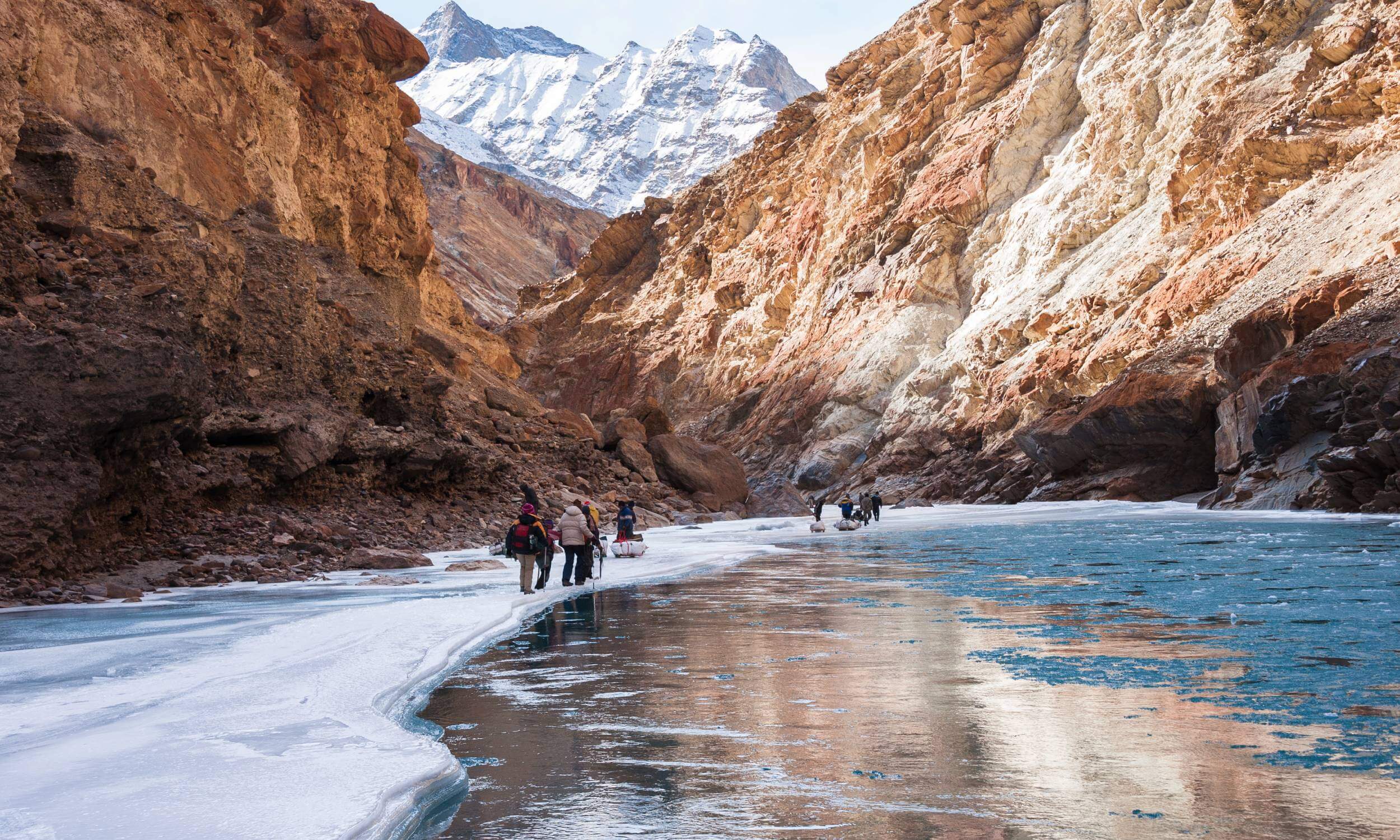
The land of monks, lakes, and yaks—Ladakh has always been a heartthrob destination in India. If you’re an explorer seeking to discover the rich, indigenous culture of the Indo-Tibetans, Ladakh is a passionate pick. For trekkers, Ladakh offers some of the toughest trails in India. From the popular Frozen River Trek and Markha Valley Trek to the Tsomoriri and Lamayuru Treks, Ladakh serves up one bewitching trekking opportunity after another.
The Frozen River Trek is a 10-day adventure—one of the longest treks in India—beginning at Chilling and heading toward Leh. Committed to an Eskimo-like existence, these 10 days can feel like a decade as you journey across the frozen Zanskar River. Commonly known as the Chadar Trek, this winter expedition is often dubbed one of the deadliest treks in the country.
With porters from Pishu village, the trek continues to Zaribago, approximately five hours from Chilling. Following the River Indus, the trail leads to the confluence of the Indus and Zanskar Rivers. From there, the journey proceeds along the frozen Zanskar, through steep gorges and deep valleys. The trail even allows for overnight halts in natural caves—referred to by locals as Bawo—an adventure within an adventure.
From Zaribago to Lingshed via Deepyokma and Nyrakpulu, the trek continues for another four days. Your journey concludes at Lingshed, from where you descend back to Leh, passing through Tso Mopoaldar and Tilatdo.
Also Read
The Kashmir Great Lakes Trek
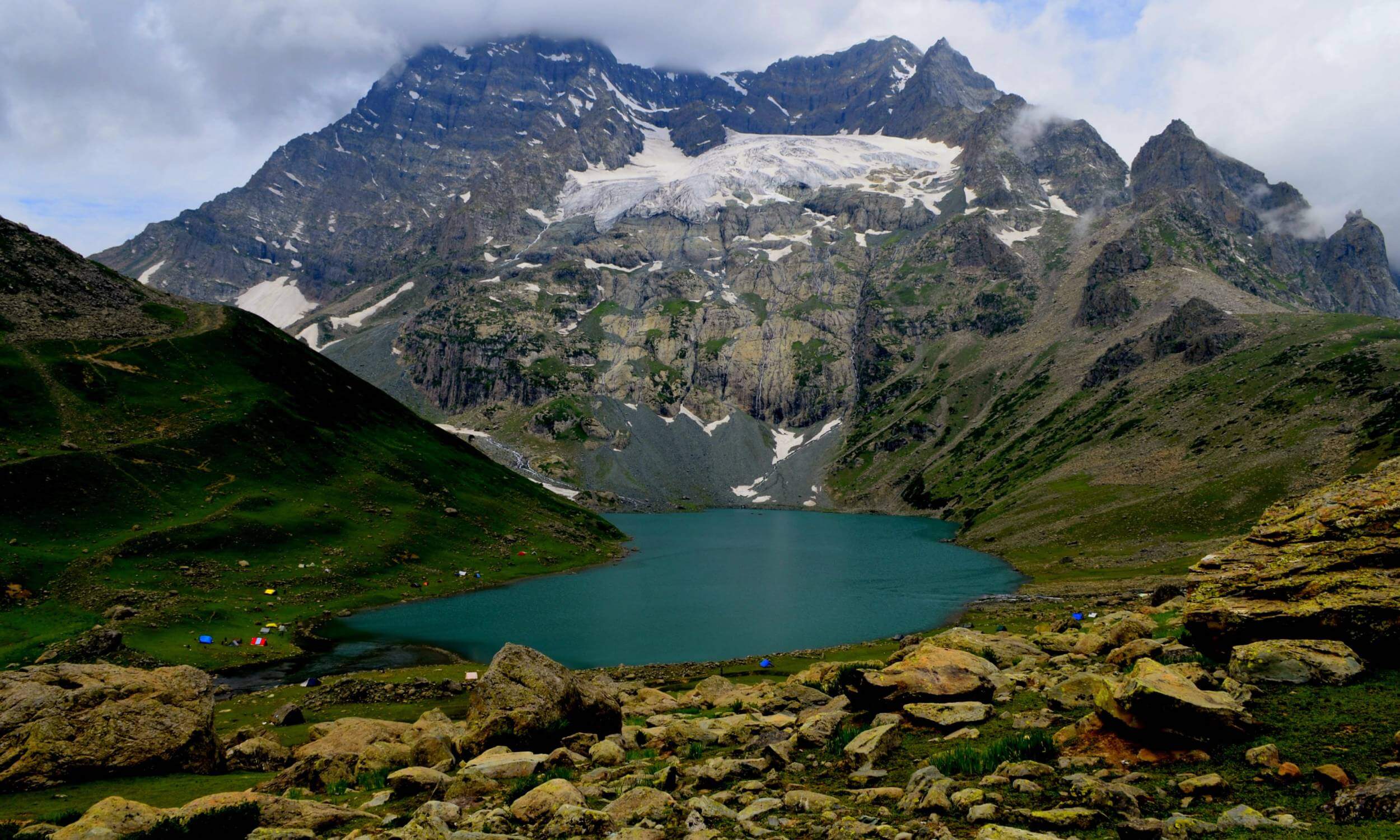
Often dubbed “heaven on earth,” Kashmir not only invites you to bask in its beautiful meadows but also offers a range of treks—from easy to challenging. After days on a rough and tiring trail, you find yourself one step closer to paradise. The Kashmir Great Lakes Trek is well-known among passionate Indian and international travelers alike. For anyone looking to venture beyond the green meadows dotted with apple orchards and willows, this trek is a must.
The journey begins at Sonmarg, the base camp located at 7,800 feet, en route to Srinagar. From there, the trek kicks off toward Nichnai, approximately a 6-hour hike from Sonmarg. Off the main path, the trail winds through maple and pine groves, following the River Sindh. It features sharp descents and long ascents, passing shepherd huts and meadows dotted with Bhoj trees. The route via Shekdur eventually leads into a dense forest, where you’ll set up camp for the night at Nichnai (11,500 ft).
The next morning, the trek continues to Vishnusar Lake, around 12 km away, via Nichnai Pass (13,500 ft), followed by a short descent into a lush green meadow. The journey from Nichnai to Vishnusar takes 6–7 hours, bringing you to the crystal-blue lake nestled in the lap of the mountains, reflecting the majestic Kishansar Peak. You’ll camp beside the lake for the night.
The following day, the trail ascends to Gadsar at 12,000 ft, passing Kishansar Lake and Gadsar Pass (13,750 ft). Kishansar Lake, located just half a kilometer from Vishnusar, is surrounded by soothing meadows and towering ridges. The trail offers panoramic views of distant snow-clad mountains and rolling slopes, giving trekkers a photographer’s dream. After Gadsar Pass, the path descends gently to the small Yamsar Lake—dedicated to Lord Yama—before continuing to Gadsar, where you’ll camp near the now-abandoned army camp.
On the next day, a steep 4-hour climb leads to Satsar, roughly 12 km from Gadsar, via an ice-cold stream. Located at 12,000 ft, Satsar, en route Maengandob, offers a remote and peaceful experience. As the name suggests, the region contains seven alpine lakes, though the visibility depends on the season—during winter, they’re completely frozen. Satsar also lies along the third line of defense from the LOC, so trekkers should be prepared for ID checks with valid photo and address proof. Camps are set near one of the picturesque lakes for the night.
The following day leads to the Gangabal Twin Lakes at 11,500 ft, about 9 km from Satsar—a trek that takes 6–7 hours. This stretch features gentle descents and steep ascents, climbing up to the third ridge at 14,000 ft. After a couple of intense hours, you’ll be rewarded with a breathtaking view of the Gangabal and Nundkhol Lakes. Nundkhol rests at the base of Harmukh Peak, while Gangabal, connected to it via a narrow stream, lies just 20 minutes away. You can camp by either lake, enjoying the peaceful ripples and tranquil mountain air.
The adventure winds down the next morning with a descent to Naranag and then onward to Srinagar. This journey through paradise—challenging yet unforgettable—makes the Kashmir Great Lakes Trek one of the most stunning in India and a cherished memory for countless explorers.
Also Read
Hemkund, Valley of Flowers & Roopkund Trek
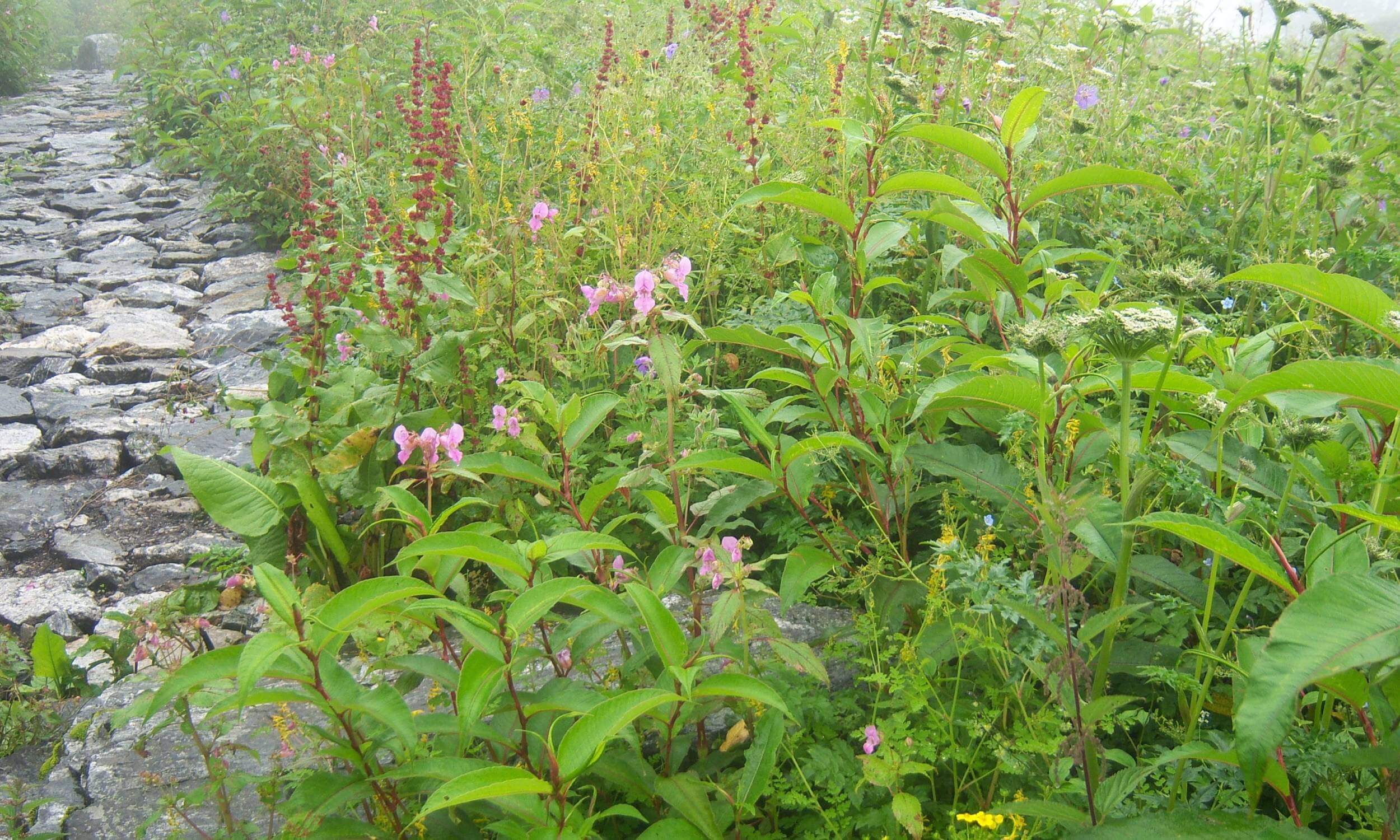
Hewed out from the state of Uttar Pradesh, the ‘Land of Gods and Goddesses’, Uttarakhand offers some of the most beautiful, frequently visited, and challenging treks in India. Divided into two regions—Kumaon and Garhwal—the former welcomes travelers into the lap of some of India’s highest peaks, namely Trishul, Nanda Devi, and Nanda Kot. Moreover, the valleys adorned with natural beds of diverse flower species attract a host of domestic and international travelers alike. One can breathe in the fresh air and take in the living diorama of this natural bouquet in the Valley of Flowers, part of the Nanda Devi National Park, which stretches from an altitude of 3,000 meters to 5,200 meters. It is considered an easy to moderate trek, suitable for children from the age of 12 to elderly adventurers even in their 60s.
Off the beaten path, the trek to Roopkund—starting from Joshimath and descending to Lohajung—is one of the more challenging treks in India. Beginning at an altitude of 1,500 meters, the trail rises dramatically to 5,029 meters.
The trek to the Valley of Flowers and Hemkund is a shorter one, typically completed in four days. The journey begins at Govindghat, en route to Joshimath. From Govindghat (1,900 meters), the trail ascends to Ghangria, where trekkers spend the night. The route follows a river and passes through stunning Himalayan valleys, making it a paradise for photographers. The trek takes about 6–7 hours.
From Ghangria, the following day brings a relatively flat walk to the Valley of Flowers. If you’re trekking between June and August—and lucky with the timing—you’ll witness a brilliant display of natural hues, as the valley blooms with a vibrant carpet of color across the Himalayan slopes. By day’s end, you return to your base camp at Ghangria. The next morning, the trail ascends to Hemkund, a 7-hour trek from Ghangria. Hemkund is a revered Sikh pilgrimage site, visited not only by devout Sikhs but also by travelers from around the world.
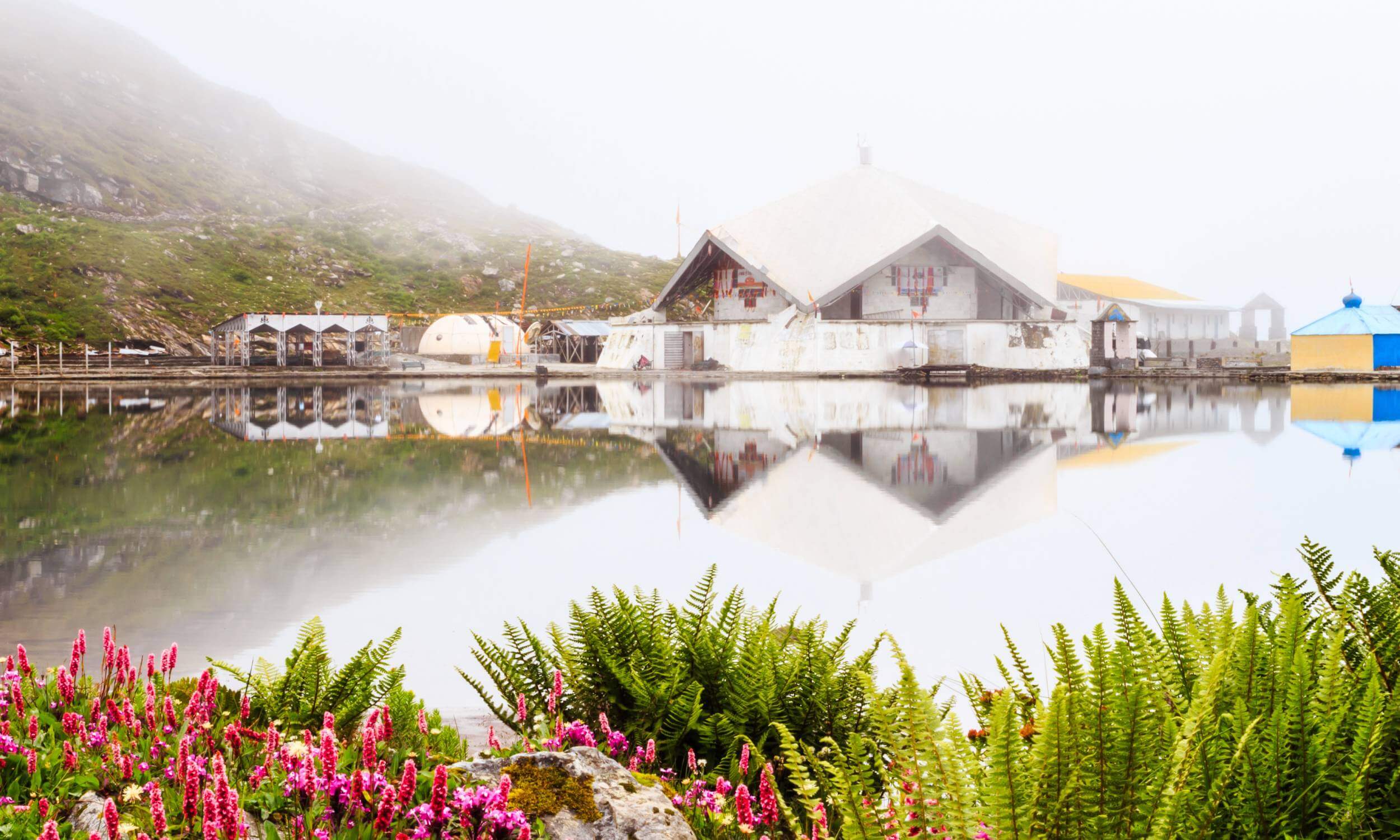
On the other hand, the Roopkund Trek is no easy feat. It is one of the toughest and most dangerous treks in India, best suited for experienced adventurers. The main attraction of this trek is the eerie and fascinating Skeleton Lake, also known as Mystery Lake. Roopkund is a glacial lake nestled on the lap of Trishul Peak, surrounded by rock-strewn glaciers and snow-clad mountains—making it a dramatic and rewarding destination. It is a five-day trek that starts from Lohajung.
Recommended Tours
Also Read
Sandakphu & Phalut Trek
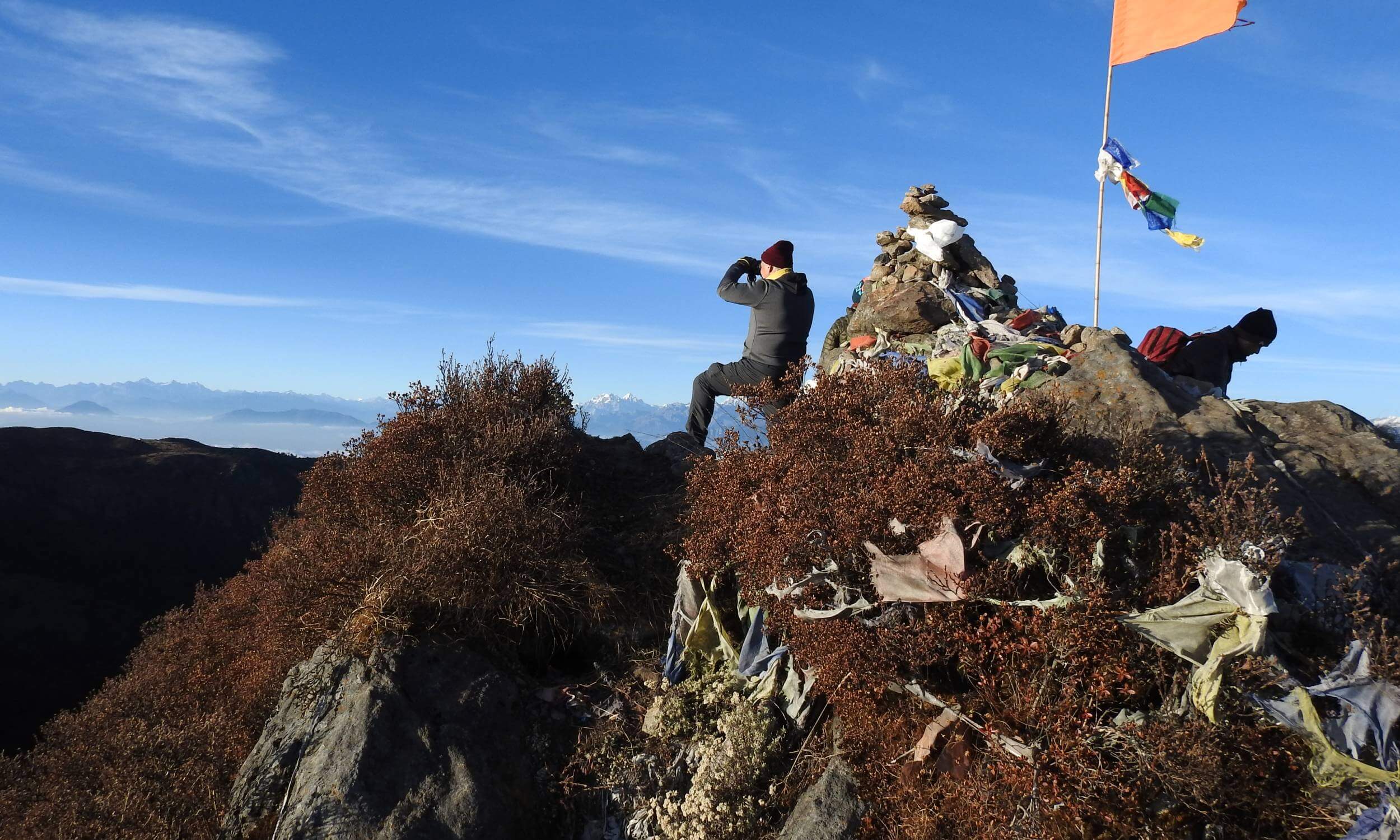
The Sandakphu Trek is one of the most popular trekking destinations in North Bengal. It offers a panoramic view of the distant, snow-clad Kanchenjunga Peak and its surrounding ranges—and if luck is even slightly on your side, you might even catch a glimpse of Mount Everest. Starting from Dhotrey, a small village near Darjeeling, the Sandakphu Trek is among the shortest and easiest treks in India, suitable for children aged 12 and up.
The trail begins from Dhotrey and heads toward Tonglu, situated at an altitude of 9,800 meters. Along the way, you pass through the Singalila National Park, known for its rich biodiversity, including rare wild plant species and the endangered red panda. From there, the trail ascends to Gairibas, nestled amidst blooming rhododendron forests. The journey continues to Kalipokhari, where trekkers typically rest for the night.
The following morning—ideally before dawn—you’ll ascend to Sandakphu, sitting at 12,000 feet. From this vantage point, you’re treated to a breathtaking panorama of the entire Himalayan belt. Wooo… that’s a moment worth capturing forever.
Also Read:
- Popular Peaks in Uttarakhand
- Best Treks to Explore in Uttarakhand
- Top Summer Treks in India
- Best Treks for September
- Best Treks for October
Recommended Tours
 Published: 03 Jan, 2014By Arun Joshi
Published: 03 Jan, 2014By Arun Joshi
Popular Post
Category by Destinations
Recent Post
Enquiry Form
Get Customized Travel Quotes from Peak Adventure
Error: Contact form not found.


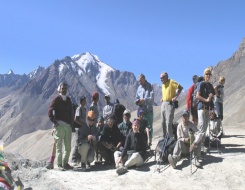
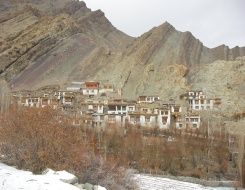

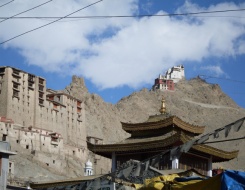
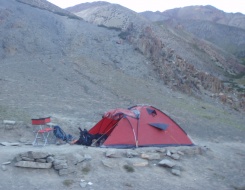
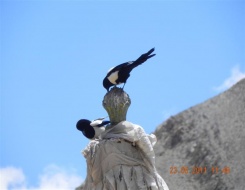
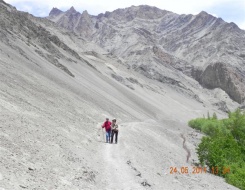
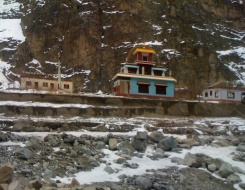
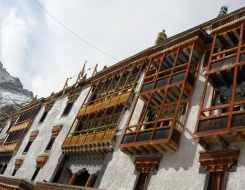
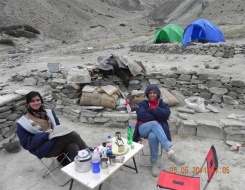
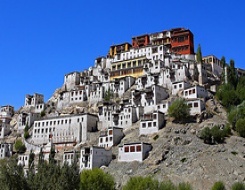

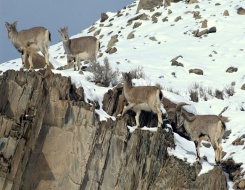
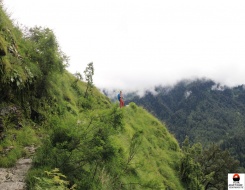

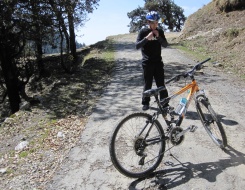

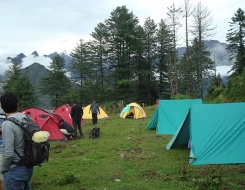
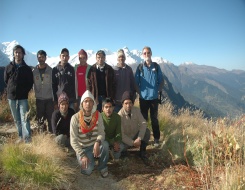
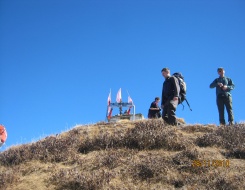
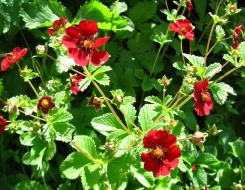
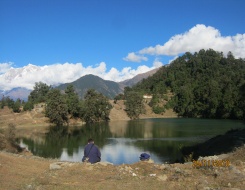
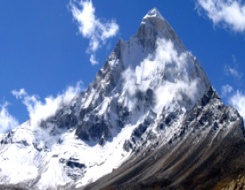
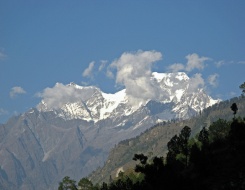
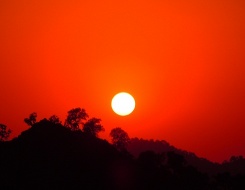
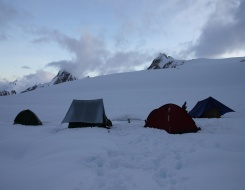
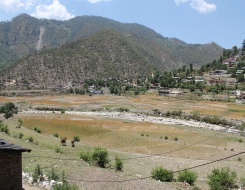
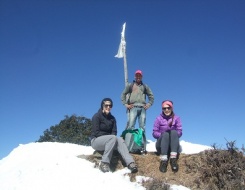
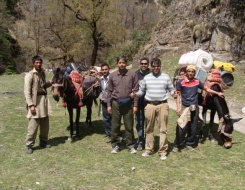

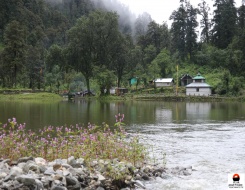
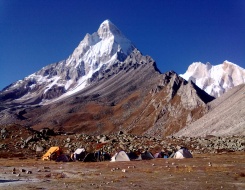
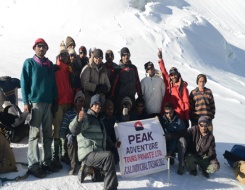
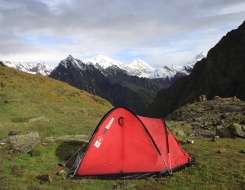
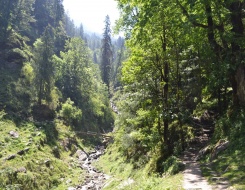
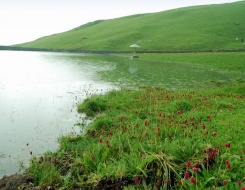
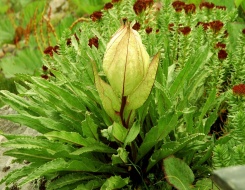
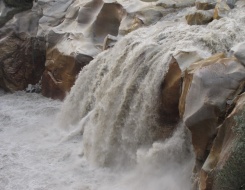
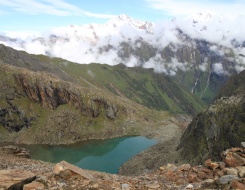
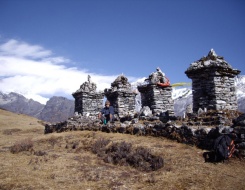
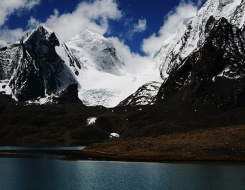
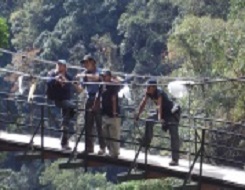
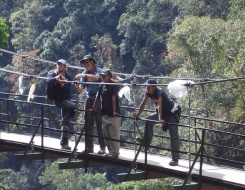
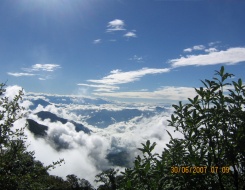
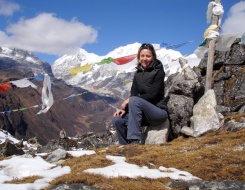
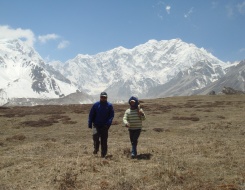
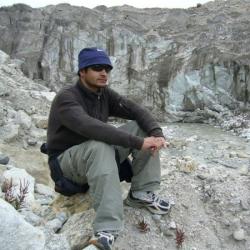

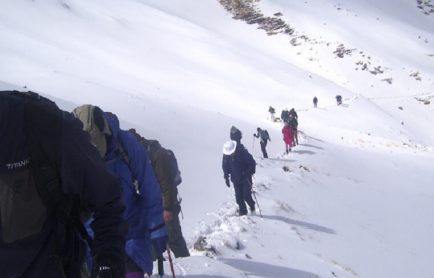
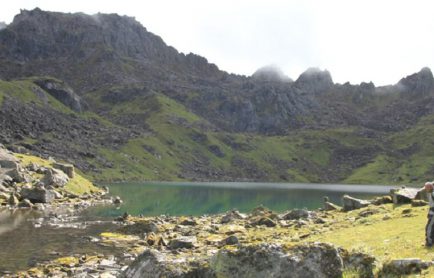
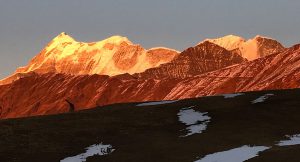
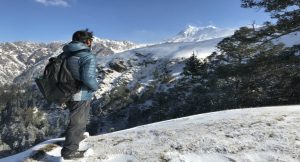
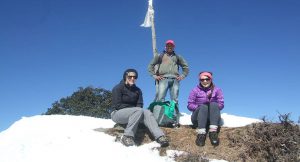
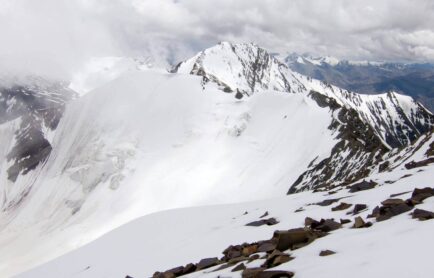
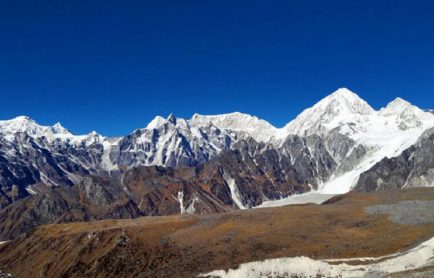
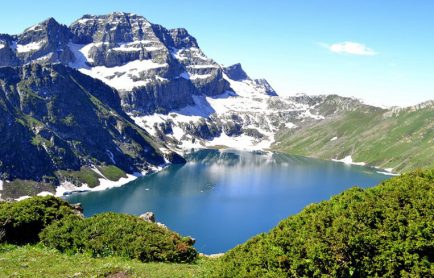

 +919212553108
+919212553108 +919212553108
+919212553108 +919212553109
+919212553109